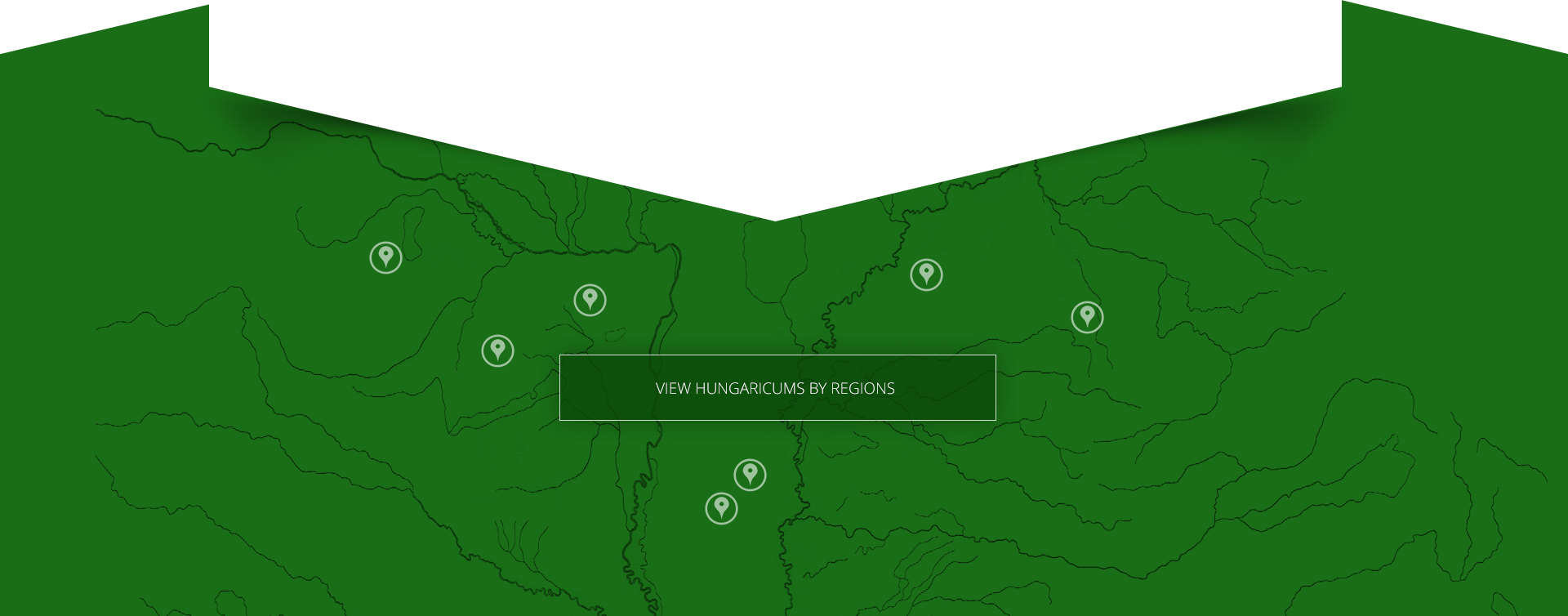Pressburger Kipferl
Short description:
If a housewife puts a basket of shiny, sweet-smelling, yet slightly lukewarm and mellow pozsonyi kifli in front of us, with a mug of hot chocolate for breakfast, she may really be fond of us. For that very reason we can safely take two or three pieces, in order to have a better chance of finding both walnut and poppy-filled amongst them. According to certain accounts, these remarkable, horseshoe-like cakes were sold in Pozsony as early as the late 1500s. We have no record of the maker. As to its shape, all we know is that, after the Ottoman threat had ended, an Austrian baker made crescent-shaped pastry to have people eat, as it were, the symbol of the enemy. In the 18th century the name Pressburger beugle was also widespread in the city. In his “Latest Hungarian Cookbook” published in 1830, István Czifray described the recipe under the title “Delicious Poppy-seed Cake”. After the Treaty of Trianon, the famous pastry of Pozsony also received a Slavic name after the city, Bratislava. Today, after long debates, it is listed in the European Union as a “traditional special product” in Hungarian, with the Slovak name shown next to it. According to the official description “The pozsonyi kifli is a fine bakery product of crescent shape filled with poppyseed or walnut and with shiny smooth, streaky surface.” Walnut-filled croissants are traditionally shaped after the letter ‘C’, while poppy-seed ones have the shape of an elongated horseshoe. A picture postcard of old shows the Danube and the Castle above it under the arch of a Pozsony croissant. The inscription printed on it is Gruss aus Pozsony.
The product description is available here.
Fotók: Pozsonyi Kifli Polgári Társulás/pozsonyikifli.sk
Riport
Tags: pozsonyi, kifli





